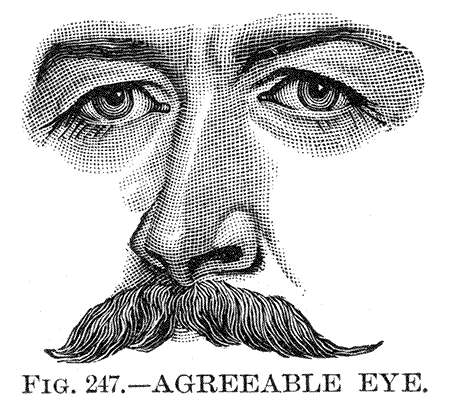Crambe repetita (52)
Γίνονται δ’ αἱ μὲν καλούμεναι ψυχαὶ ἐκ τῶν καμπῶν, αἳ γίνονται ἐπὶ τῶν φύλλων τῶν χλωρῶν, καὶ μάλιστα ἐπὶ τῆς ῥαφάνου, ἣν καλοῦσί τινες κράμβην, πρῶτον μὲν ἔλαττον κέγχρου, εἶτα μικροὶ σκώληκες αὐξανόμενοι, ἔπειτα ἐν τρισὶν ἡμέραις κάμπαι μικραί· μετὰ δὲ ταῦτα αὐξηθεῖσαι ἀκινητίζουσι, καὶ μεταβάλλουσι τὴν μορφήν, καὶ καλοῦνται χρυσαλλίδες, καὶ σκληρὸν ἔχουσι τὸ κέλυφος, ἁπτομένου δὲ κινοῦνται. Προσέχονται δὲ πόροις ἀραχνιώδεσιν οὔτε στόμα ἔχουσαι οὔτ’ ἄλλο τῶν μορίων διάδηλον οὐθέν. Χρόνου δ’ οὔ πολλοῦ διελθόντος περιρρήγνυται τὸ κέλυφος, καὶ ἐκπέτεται ἐξ αὐτῶν πτερωτὰ ζῷα, ἃς καλοῦμεν ψυχάς.
The so-called psyche or moth is generated from caterpillars which grow on green leaves, chiefly leaves of the raphanus, which some call cabbage. At first it is less than a grain of millet; it then grows into a small grub; and in three days it is a tiny caterpillar. After this it grows on and on, and becomes quiescent and changes its shape, and is now called a chrysalis. The outer shell is hard, and the chrysalis moves if you touch it. It attaches itself by cobweb-like filaments, and is unfurnished with mouth or any other apparent organ. After a little while the outer covering bursts asunder, and out flies the winged creature that we call the psyche.
